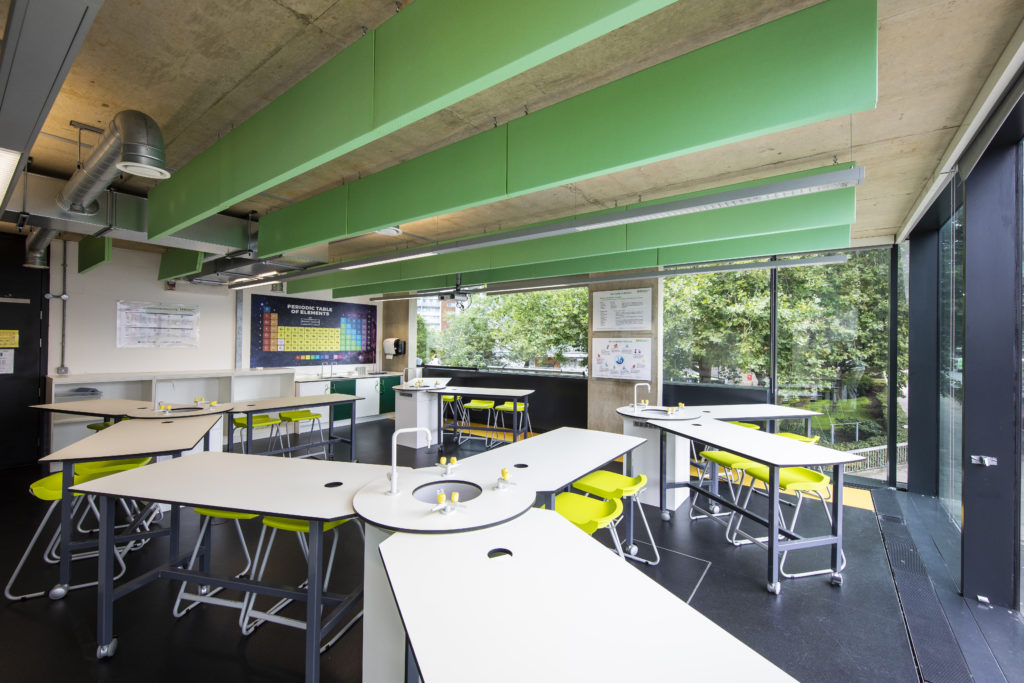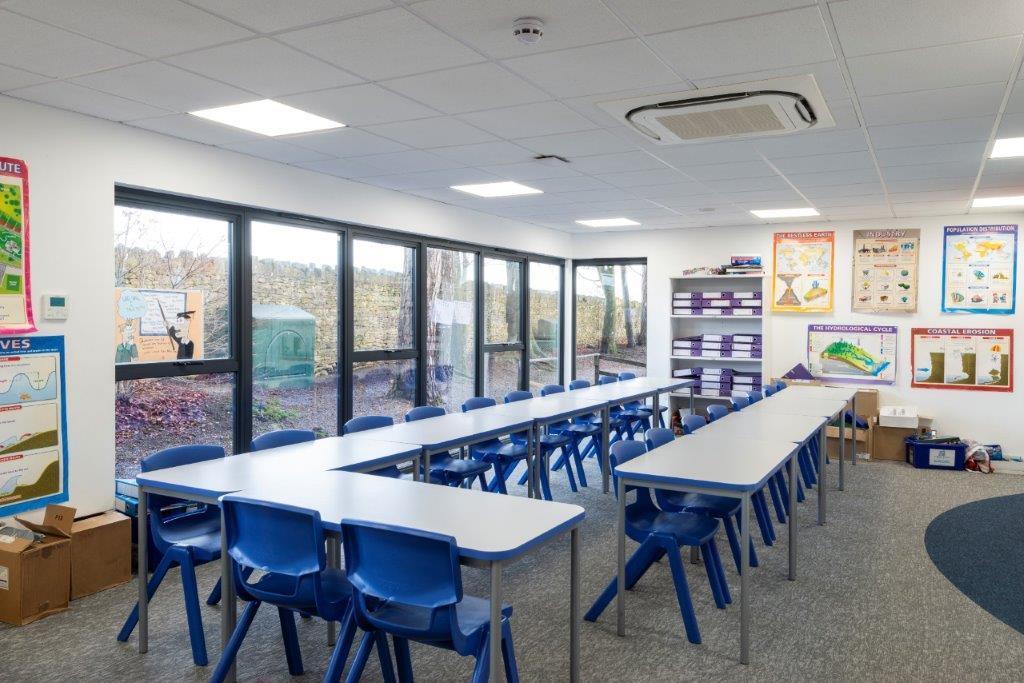Teachers from the past would be amazed at how their classrooms have changed over the years. For instance, the humble school chair is now a comfortable piece of furniture for all ages, comes in a range of sizes, colours and finishes and is crafted from environmentally sustainable materials.
Trudie Lawrence, Senior Associate at Envoplan, has put together a timeline of how this vital piece of educational equipment has developed over the years…
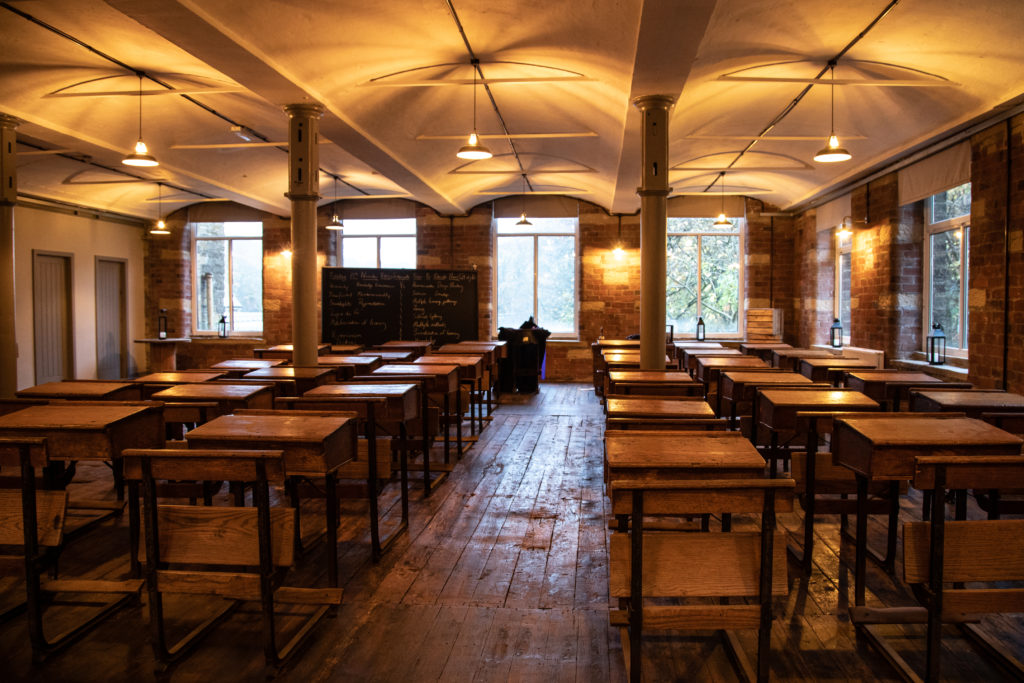
19th century and before
Pre 19th-century, large scale teaching was generally limited to the army or the church. Seating was therefore set out in straight rows facing the front of the room with a teacher often on a raised dais for easy visibility.
From 1500 – 1700’s the most popular seating of the time was the German made Rettig bench with a heightened footrest to aid access and save space.
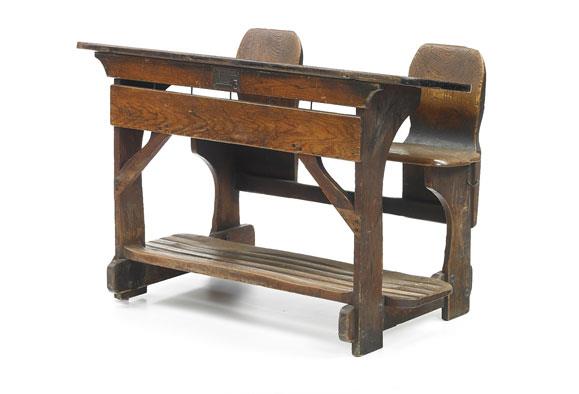
20th Century Seating
In 1901 benches were improved with the addition of a top that could be folded up to give angled surface. Basic wooden desks were introduced in the 1920’s and were still in use in the UK over 60 years later. In 1940, a school in America introduced chairs made from one single piece of bent plywood which was both more comfortable and easier to clean.
From the 1950’s, great emphasis was placed on education outdoors for the prevention of TB. Chairs were lighter and often featured writing tablets and satchel racks so children could move them easily and without needing tables.
In 1973 many schools were unable to accommodate rising numbers of students in their existing buildings, and extensions were built quickly and cheaply. Chairs were now made of slimline metal or ply and were low maintenance. Seating layouts changed too, with an emphasis on a C shape or horseshoe arrangement instead of in lines.
Metal framed classroom tables with runners below for plastic trays became popular during the 1980’s; in addition many schools offered sit-stand for desks disabled users. Proven studies showed the impact of colours and fabrics on neuro-diverse students. The use of MDF and MFC increased rapidly and ply decreased – much of this down to price of raw materials and pressure from environmental groups.
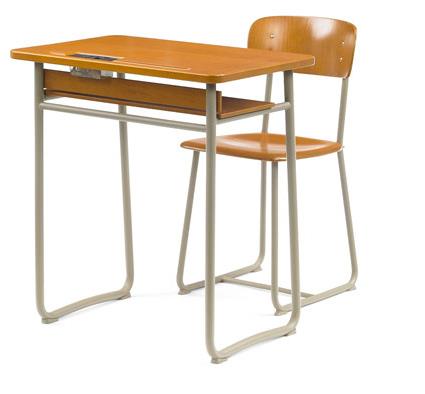
21st Century and Beyond
Space in classrooms became a premium after the ‘baby boom’ of 2009-10 and immigration from Europe as the EU expanded. Finally, subsequent to the pandemic of 2020-21 many schools invested in outside furniture and shelters.
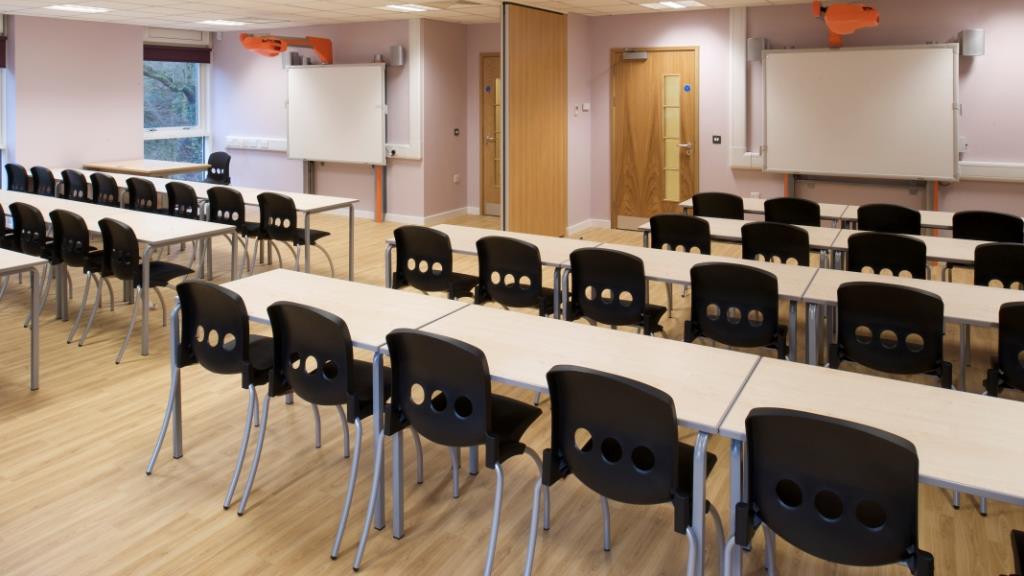
Your School Today
All the changes over the years have led to us being able to offer students seating that supports their learning with ergonomic designs enhancing engagement and learning. What style school leaders choose for their classroom chairs and tables will come down to many factors; Envoplan offers a range of lightweight, comfortable, durable and beautiful chairs that are stackable, flexible and built to withstand high seat loads with a wide variety of finishes. Our chairs come with practical, space saving solutions and are certified to ‘Indoor Advantage – Gold Furniture’ standard.
Call our experienced team at Envoplan to find the best seating options for your school.
